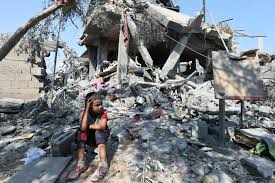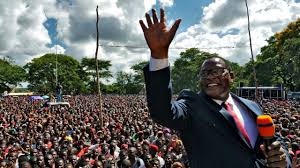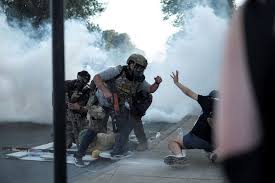At least 18 people were killed on Friday in Israeli attacks across the Gaza Strip, including 10 who were reportedly shot while waiting for humanitarian aid, according to Gaza’s civil defence authorities.
The fresh wave of violence comes amid a dire humanitarian crisis in the region, where residents continue to face bombardments, food shortages, and displacement after more than 21 months of war between Israel and Hamas.
The United Nations human rights office has revealed that nearly 800 people have been killed while trying to access food since late May 2025, when Israel began easing a two-month total blockade on aid.
According to UN spokeswoman Ravina Shamdasani, 615 of those deaths happened near facilities operated by the Gaza Humanitarian Foundation (GHF)—an Israeli and US-supported organisation. The UN and several global aid groups have refused to work with GHF, alleging it violates humanitarian principles and operates under Israeli military influence.
Civil defence official Mohammed al-Mughayyir reported that 10 civilians were shot on Friday while waiting for food in the Al-Shakoush area northwest of Rafah, a known hotspot for deadly fire on aid seekers.
Six others were killed in separate Israeli airstrikes in Khan Yunis, while two drone strikes in Gaza City left two more dead, civil defence spokesman Mahmud Bassal told AFP.
That same night, five people were killed in an Israeli strike on a school in Jabalia al-Nazla, northern Gaza. The school was being used as a shelter for displaced families.
The Israeli military, responding to UN figures, stated it has taken steps to minimise civilian harm and reviewed its operations around aid distribution centres. However, it confirmed continued activity in southern Gaza, claiming to have dismantled “terrorist infrastructure” and seized weapons.
An eyewitness in southern Gaza, speaking anonymously, described the situation as “extremely difficult,” citing intense gunfire, airstrikes, artillery shelling, and the destruction of camps and farmland around Khan Yunis.
More than 2 million people in Gaza have been affected by the war. Most have been displaced multiple times and are now living in overcrowded shelters—many of which, including schools and hospitals, have been damaged or destroyed.
Israeli authorities have defended strikes on schools, arguing that Hamas militants use civilian structures as shields, a claim that has drawn condemnation from rights groups for putting innocent lives at risk.
The United Nations and humanitarian agencies continue to urge Israel to allow unrestricted humanitarian access to Gaza and to uphold international humanitarian law in the conduct of its operations.
Meanwhile, efforts toward a ceasefire have stalled, and media restrictions have made independent verification of events inside Gaza increasingly difficult.



